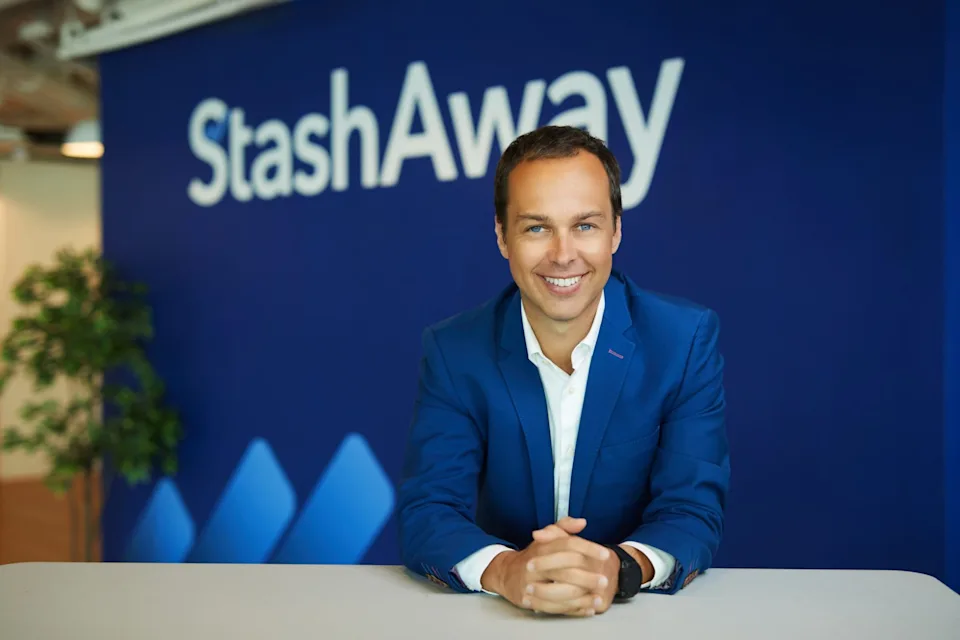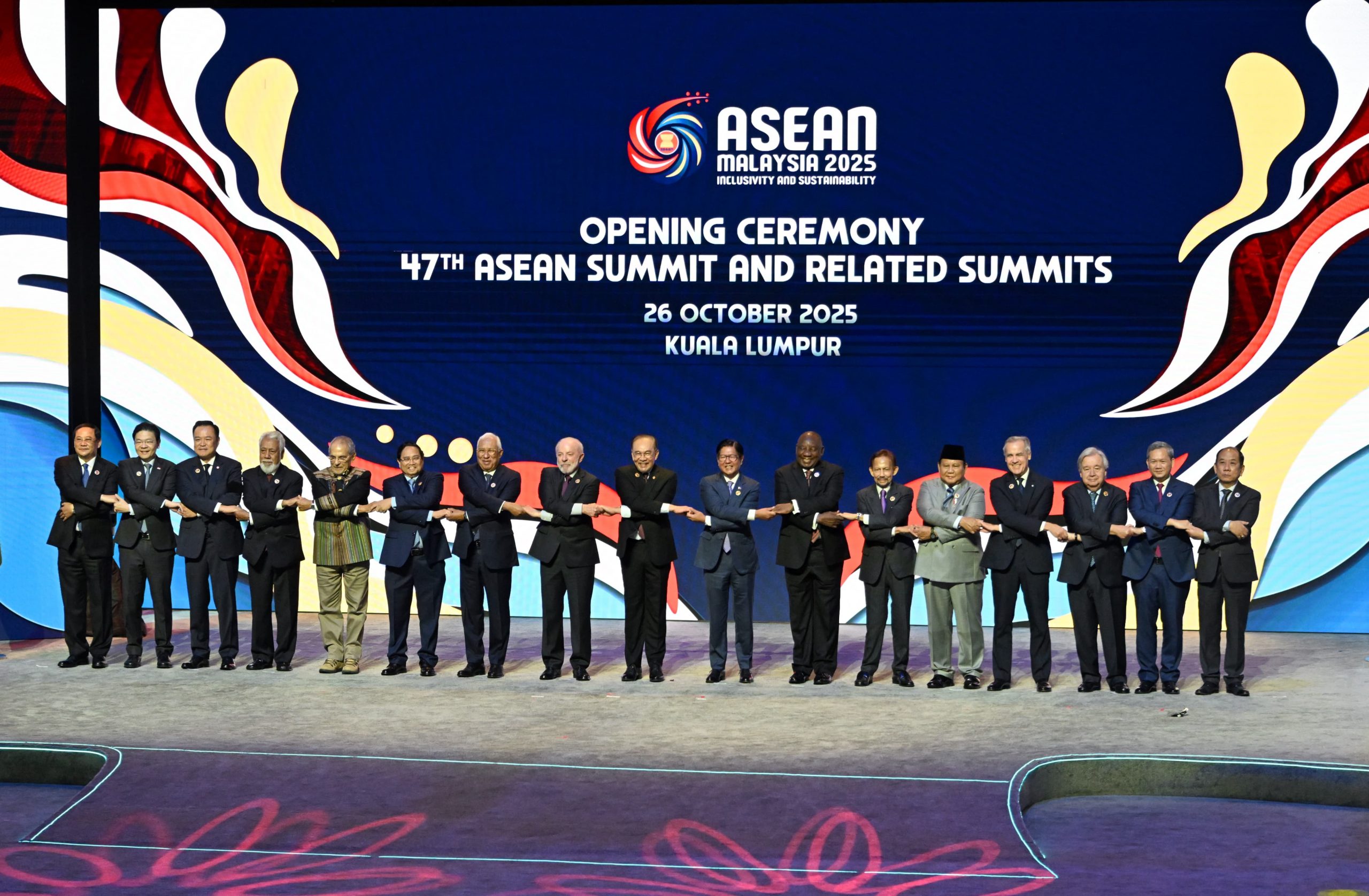Dubai’s DAMAC Properties is expanding into Southeast Asia. Here’s what that move reveals about rising affluence, shifting aspirations, and the cultural currency of branded real estate.

Photo by Fredrik Öhlander on Unsplash
There’s a particular kind of gloss that follows DAMAC around. It’s the high-octane kind—laced with gold, draped in Versace, and sold with the swagger of a Dubai skyline that’s never met a superlative it didn’t like.
But lately, that gloss has begun to travel. Not just westward into Europe’s well-heeled enclaves, but east—into Southeast Asia.
And that shift says something.
If you’ve been paying attention, you’ll notice that DAMAC’s glittery gaze now includes cities like Kuala Lumpur, Jakarta, and Singapore. Places where the story of wealth is changing. Where luxury doesn’t always wear a gold watch, but it knows what generational legacy feels like.
Founded by Hussain Sajwani, DAMAC is Dubai’s poster child for branded luxury real estate. Think skyscrapers co-designed by Cavalli, penthouses infused with de GRISOGONO, and hotel residences made in partnership with Paramount Pictures.
But this year, something shifted. In May 2025, DAMAC opened new offices in Singapore and Beijing, quietly signalling its intentions: it’s not just selling properties anymore—it’s exporting prestige.
“We’re excited to bring the DAMAC experience to discerning investors across Asia-Pacific,” said Board Member Abbas Sajwani.
“Asia-Pacific” in DAMAC-speak mostly means Southeast Asia, where wealth is growing, taste is evolving, and luxury is becoming less about display—and more about identity.
Because Southeast Asia’s middle class isn’t just rising—it’s maturing.
By 2030, the region is expected to have over 100 million middle-class households. A quiet subset of that population is seeking something more: international brand stories, exclusivity, and real estate that feels like arrival.
In cities like Bangkok and Ho Chi Minh City, branded residences have become cultural signifiers. DAMAC knows how to package aspiration in square metres.
These buyers aren’t just buying space—they’re buying stories.
Can Gulf-style luxury—bold, maximalist, unapologetically glossy—land in Southeast Asia?
Actually, yes. Southeast Asia may not flaunt wealth in the same way as the Gulf, but we understand symbolism. We get the prestige of brand affiliation and the soft power of being the first to own something exclusive.
DAMAC’s formula—luxury with narrative—finds receptive audiences here, not despite cultural difference, but because of it.
DAMAC’s ambitions aren’t limited to lavish towers. Through Edgnex, its digital infrastructure subsidiary, the developer plans to invest $3 billion over the next five years to build AI and cloud data centers in Malaysia, Indonesia, and Thailand.
This move positions DAMAC not just as a builder of prestige, but as a player in Southeast Asia’s digital future—blending real estate with relevance.
DAMAC’s expansion isn’t just about selling luxury. It signals that Southeast Asia is no longer on the fringe of global wealth migration—it’s the next chapter.
The region isn’t just a buyer’s market anymore. It’s a stage, where global luxury developers are eager to perform.
As more Gulf developers begin eyeing Southeast Asia—and vice versa—the corridor between regions will shift from quiet interest to full-speed investment.
We’ll be watching this story unfold. Because what DAMAC is building isn’t just property—it’s narrative. And narrative, especially in Southeast Asia, is becoming a new kind of capital.

StashAway’s entry into the UAE isn’t just a business expansion. It reflects a shift in how wealth is being understood in the region.

The 47th ASEAN Summit in Kuala Lumpur from 26–28 October 2025 marked a pivotal moment for Southeast Asia. With East Timor’s historic entry as ASEAN’s 11th member, an upgraded ASEAN-China Free Trade Agreement, and renewed engagement from major powers, the summit reflected both opportunity and strain. The question now is whether ASEAN’s long-standing unity can hold amid global polarisation and rising protectionism.

First Abu Dhabi Bank (FAB) is deepening its role as the financial bridge between the Gulf and Asia. At the second edition of the Middle East–Asia Summit in Singapore, FAB convened over 250 policymakers, investors, and business leaders to discuss how trade, innovation, and sustainability can shape a new era of cross-regional growth.